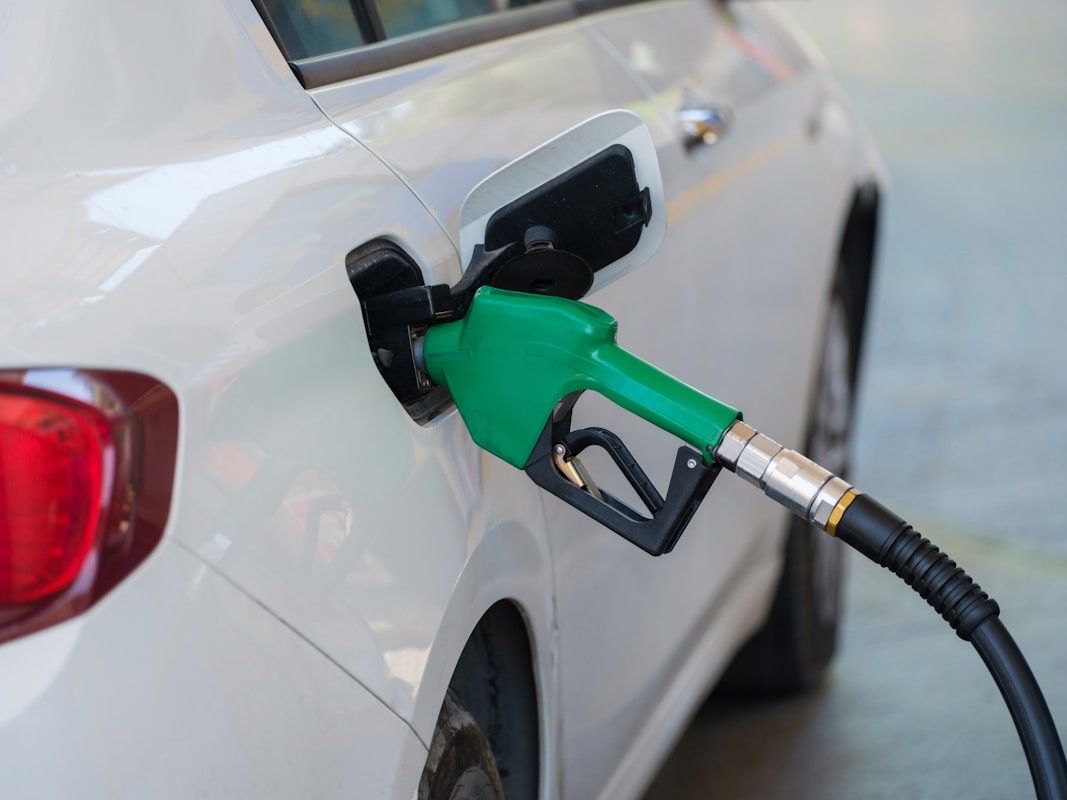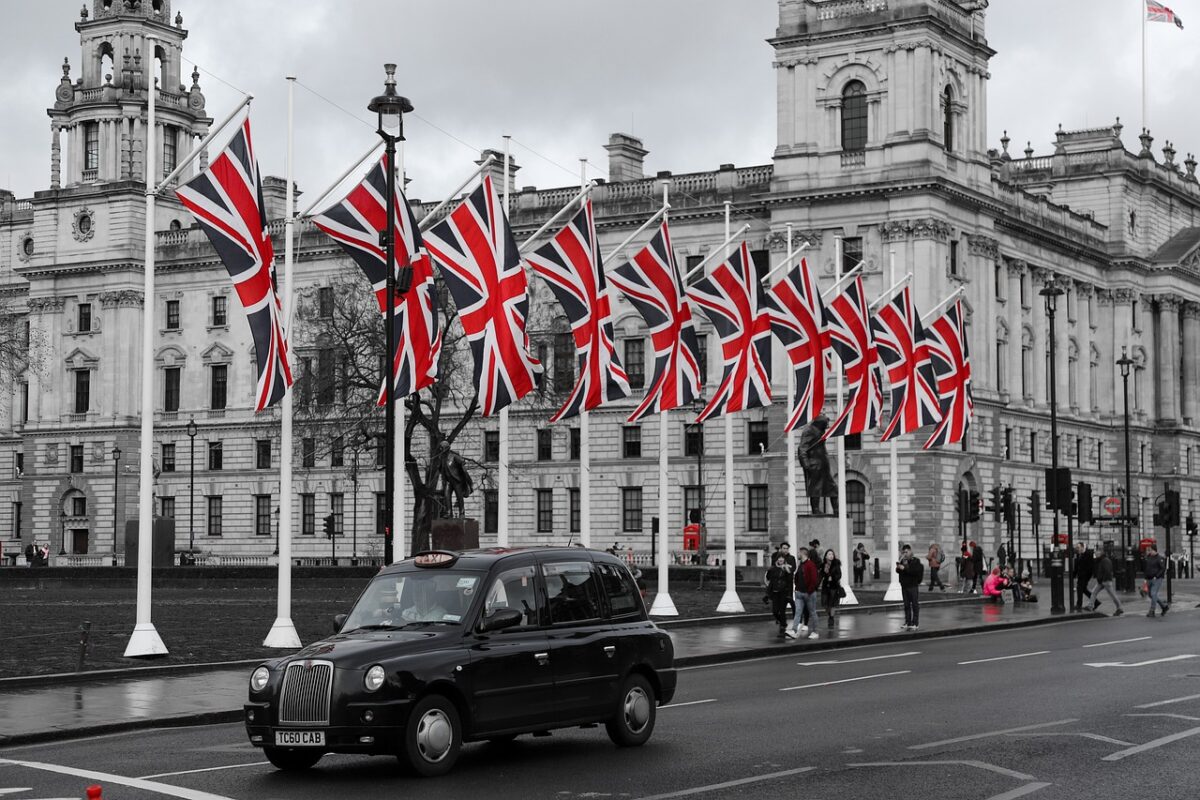Nowadays, few issues have become as pressing as the quality of the air we breathe. The growth of cities, while a testament to human ingenuity, has also exacerbated the problem of pollution. Particularly from the vehicles that crisscross our streets day and night. In London, a city steeped in history and ever in motion, the introduction of the Ultra Low Emission Zone (ULEZ) – first announced by Boris Johnson in July 2014, then confirmed in 2015 – represents a thoughtful, if not overdue, response to this modern predicament.
The ULEZ is not merely a regulatory mechanism; it is a conscious effort to recalibrate the relationship between the city and its inhabitants. It acknowledges the inescapable fact that the conveniences of modern life come with a price, and in the case of vehicular emissions, that price has been measured in the deteriorating health of London’s populace. Thus, the ULEZ stands as both a corrective measure and a moral stance, signaling that the time has come to reckon with the environmental costs of urban living.
What does ULEZ stand for ?
The Ultra Low Emission Zone (ULEZ) is a defined area within London where vehicles are subject to stringent emissions standards. Operating around the clock, the ULEZ is designed to curb the amount of harmful pollutants released into the atmosphere by motor vehicles. The scheme imposes a daily charge on those vehicles that do not meet the required standards, effectively penalizing pollution while incentivizing cleaner alternatives.
The significance of the ULEZ lies not just in its practical effects—reduced emissions, improved air quality—but in its underlying philosophy. It is an acknowledgment that the well-being of the city’s residents must take precedence over unchecked convenience. The ULEZ is a testament to the idea that progress need not be synonymous with environmental degradation, and that with careful planning, a balance can be struck between modernity and responsibility.
How do I know my vehicle is ULEZ compliant ?
To ascertain whether a vehicle complies with ULEZ standards is to engage in a dialogue between past practices and present needs. The standards themselves are drawn from the European Emission Regulations, which classify vehicles according to the pollutants they emit.
- For petrol vehicles, compliance typically requires adherence to the Euro 4 standard, often met by cars registered after 2006.
- Diesel vehicles face a more stringent requirement, needing to meet the Euro 6 standard, generally applicable to those registered from 2015 onwards.
- Motorcycles and scooters must conform to the Euro 3 standard.

This process of verification—whether a vehicle meets these benchmarks—has been simplified by the use of online tools provided by the Transport for London (TfL). By entering one’s vehicle registration number, a driver can quickly determine compliance. This act, though seemingly mundane, is emblematic of the broader cultural shift that the ULEZ represents: a move towards informed and responsible urban citizenship.
How much are ULEZ charges ?
The financial penalties associated with non-compliance are neither arbitrary nor punitive. They are, in effect, a reflection of the social cost of pollution. For those whose vehicles do not meet the ULEZ standards, the daily charge is £12.50 for most cars, motorcycles, and vans, while heavier vehicles such as trucks and buses incur a fee of around £100 per day.
These charges serve a dual purpose. On the one hand, they act as a deterrent, discouraging the use of high-emission vehicles within the zone. On the other, they signal the city’s commitment to environmental stewardship. The ULEZ, in this sense, operates not just as a mechanism of enforcement, but as a moral guidepost, reminding all who traverse London’s streets of the cost of their choices.
Cherry Pickers and ULEZ compliance
The issue of ULEZ compliance becomes more intricate when considering specialized vehicles such as cherry pickers. These vehicles, often indispensable in construction and maintenance tasks, generally do not meet ULEZ standards, particularly if they are based on older diesel models. However, exceptions do exist. For instance, some cherry pickers are mounted on the Renault Master E-Tech, an electric van that aligns with ULEZ requirements.
The advantages of ULEZ-compliant cherry pickers are self-evident. Beyond the immediate benefit of avoiding daily charges, these vehicles contribute to the broader objective of reducing emissions. For businesses, the adoption of such vehicles is not merely a matter of regulatory compliance but an alignment with the evolving ethos of urban responsibility—a reflection of the idea that progress and sustainability are not mutually exclusive.

How to map the ULEZ
The geographical extent of the ULEZ, while initially confined to central London, has expanded to include a broader area, reflecting the city’s comprehensive approach to addressing air quality. To determine whether a particular location or route falls within the ULEZ, one can consult the interactive map available on the TfL website. This tool provides clarity and guidance, enabling drivers to navigate the zone with confidence and foresight.
The ULEZ, in its design and execution, is a microcosm of the challenges and opportunities that define modern urban life. It is a recognition that the conveniences we have long taken for granted—our cars, our freedom of movement—carry with them a responsibility to the greater good. In this way, the ULEZ is not just a policy; it is a reflection of the evolving relationship between the city and its inhabitants, a relationship that must be continually reexamined and recalibrated if we are to sustain the vitality of urban life.

